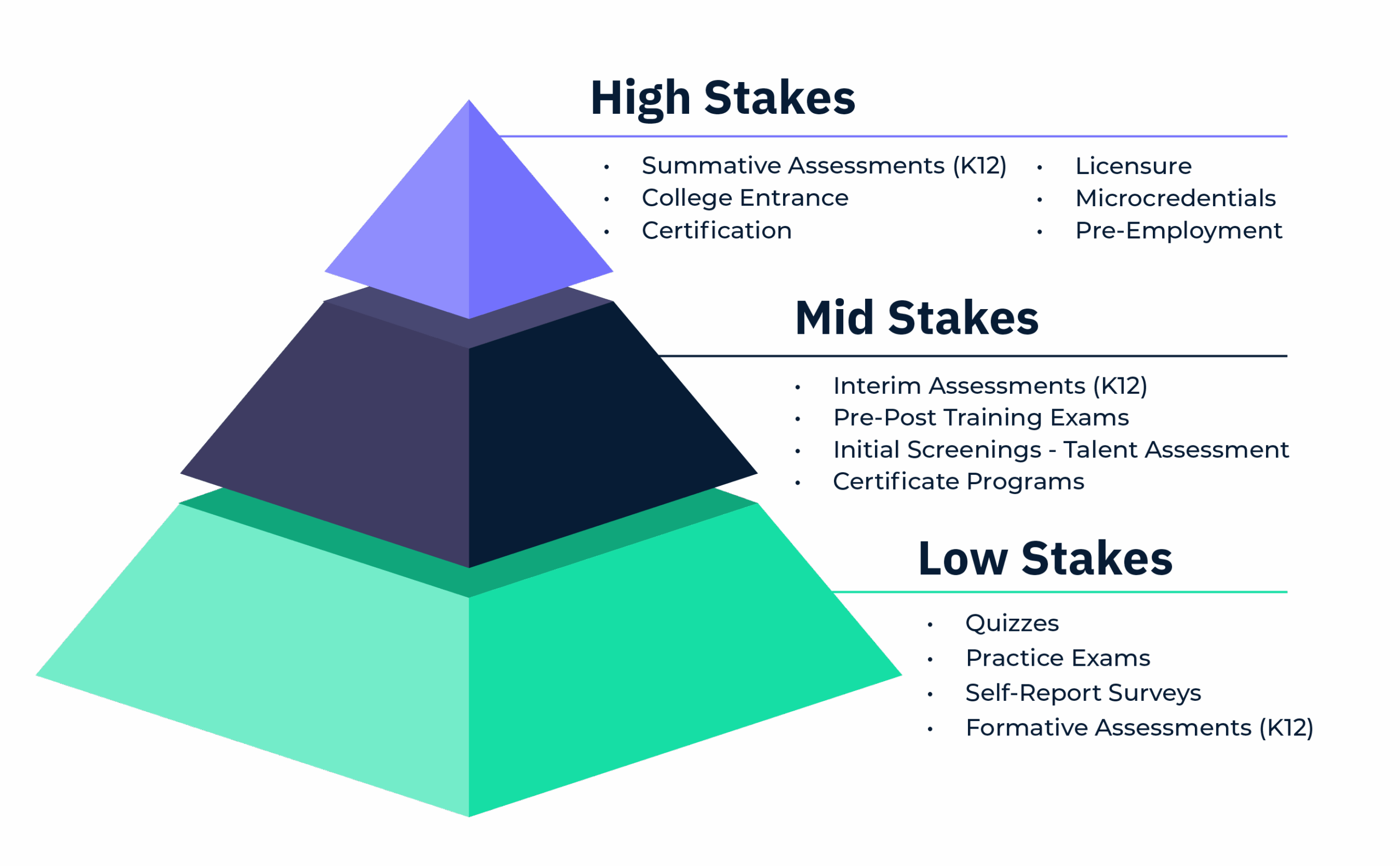In the frenetic world of international cricket, where schedules are relentless and expectations are sky-high, team management often finds itself walking a strategic tightrope. For the Indian squad, this delicate balancing act is particularly evident as they navigate the current Asia Cup while keeping a keen eye on the looming T20 World Cup and an upcoming Test series. The core of this challenge revolves around two pivotal figures: the formidable pace merchant Jasprit Bumrah and the talented, yet repositioned, Sanju Samson. Their situations encapsulate the very essence of modern cricketing dilemmas: preserving star talent and optimizing batting roles.
The Bumrah Conundrum: Pace, Powerplays, and Precaution
The question of whether to rest a linchpin like Jasprit Bumrah is always fraught with complexity. India`s assistant coach, ten Doeschate, recently indicated that a rest for Bumrah against Bangladesh is “unlikely” unless the team is absolutely assured of a spot in the Asia Cup final. This isn`t merely about winning the next game; it`s a calculated gamble that pits immediate tournament aspirations against the imperative of long-term player fitness.
The conditions for a potential rest against Sri Lanka are quite specific: Pakistan must first beat Sri Lanka, and then India must overcome Bangladesh. Only then would the luxury of such a decision present itself. Otherwise, as ten Doeschate succinctly puts it, they will “pick our best team for every game,” and Bumrah unequivocally fits into that picture.
The paradox here is striking. Bumrah`s current workload, involving as many as three overs in the powerplay, is described as “strenuous” but also “quite good preparation” for the upcoming Test match against West Indies. The logic suggests that ~25-26 overs per week, including training, is an ideal build-up for red-ball cricket. However, this heavy lifting at the start of innings leaves India with limited options at the death, a phase where they`ve been among the most expensive sides in this Asia Cup. Captain Suryakumar Yadav`s acknowledgment that the team needs other bowlers to step up in the death overs highlights the underlying tension. It`s a classic case of needing a player for immediate success, yet knowing he also needs to be conserved for future, equally crucial battles.
Sanju Samson`s Search for a `Home` in the Middle Order
Switching gears to the batting order, another intriguing narrative unfolds around Sanju Samson. A player of undoubted talent and often a fan favourite, Samson has found himself in a new, challenging role at No. 5, a departure from his more successful stint as an opener. His recent scores of 56 (dubbed his slowest T20I fifty) and 13 in the Asia Cup speak to a struggle to adapt, particularly against the old ball on the sluggish pitches of the UAE.
The numbers paint a clear picture of this positional shift. Historically, Samson`s T20I statistics as an opener boasted a significantly higher average (32.62 vs. 20.40) and a far more impressive strike rate (178.76 vs. 121.79) compared to his performances in other positions. His boundary percentage also takes a notable dip when batting lower down the order. Yet, despite these challenges, the team`s assistant coach has thrown his weight behind Samson, unequivocally stating, “we believe Sanju is the best man for that job.”
This unwavering faith stems from a strategic void: with openers Shubman and Abhishek performing well, the captain at No. 3, and Tilak in good form, India is actively seeking a dependable No. 5. The challenge for Samson is less about capability and more about adaptation – finding a way to thrive in a role that demands different facets of his game, especially against spin and when the impetus to accelerate isn`t immediate. It`s a testament to the modern game`s demands that even established talents must constantly evolve their game to fit the team`s evolving needs.
As India navigates the high-pressure corridors of the Asia Cup, these strategic decisions concerning player management and role optimization will undoubtedly shape their trajectory. The tightrope walk continues, balancing the immediate pursuit of victory with the long-term vision of a robust, prepared squad for upcoming global challenges. Whether Bumrah`s workload pays dividends or poses risks, and whether Samson eventually “figures out” his new role, remains to be seen. What is clear, however, is that every choice made now is a building block for the cricketing future.

